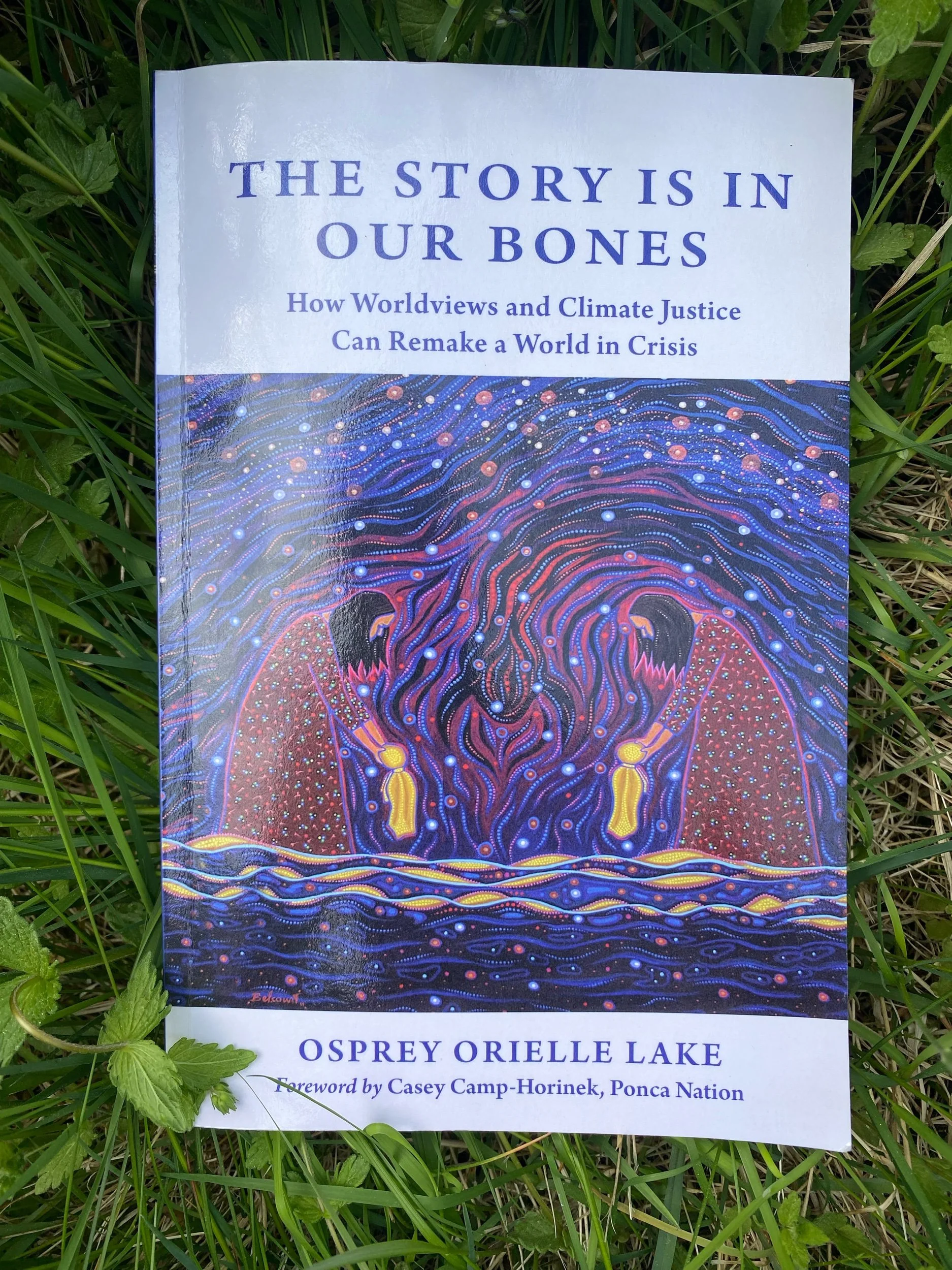This is one of the most pressing issues within the climate movement. The difference between the 2 degrees celsius target (above 1990-level) and the 1,5 degrees celsius is the difference between life and death for several small island developing states (often referred to as SIDS in climate literature) or Alliance of Small Island States (Aosis).
Within the UN world of climate negotiations, this group consist of 44 countries, mainly small, low-lying states in Africa, the Caribbean, Indian Ocean, Mediterranean, Pacific and South China Sea, including Belize, Cape Verde, the Maldives, Jamaica, Singapore and Papua New Guinea. The difference to the hundreds of millions of people who live in these places are whether or not their homes are inhabitable. Some islands, like Tuvalu has already lost significant landmass to the ocean, and it is only losing more each year.
There is also a disproportionate spiraling effect that sets in when the climate change with half a degree more. The difference between 1,5 and 2 degrees will for example lead to:
- Heat waves and rainstorms will last longer, with higher intensity
- Certain crops could become scarce
- Tropical coral reefs would cease to exist
- Sea-level would rise by roughly one third more, and is likely to keep rising long after air temperature is stabilized.
The sea level rising is a topic for another blog post, but to illustrate it for now, I will include an infographic that shows which cities would disappear first if sea levels were to rise from anywhere from 1 to 8 meters. (for the source http://www.informationisbeautiful.net/visualizations/when-sea-levels-attack-2/)
as always, thank you for reading.





